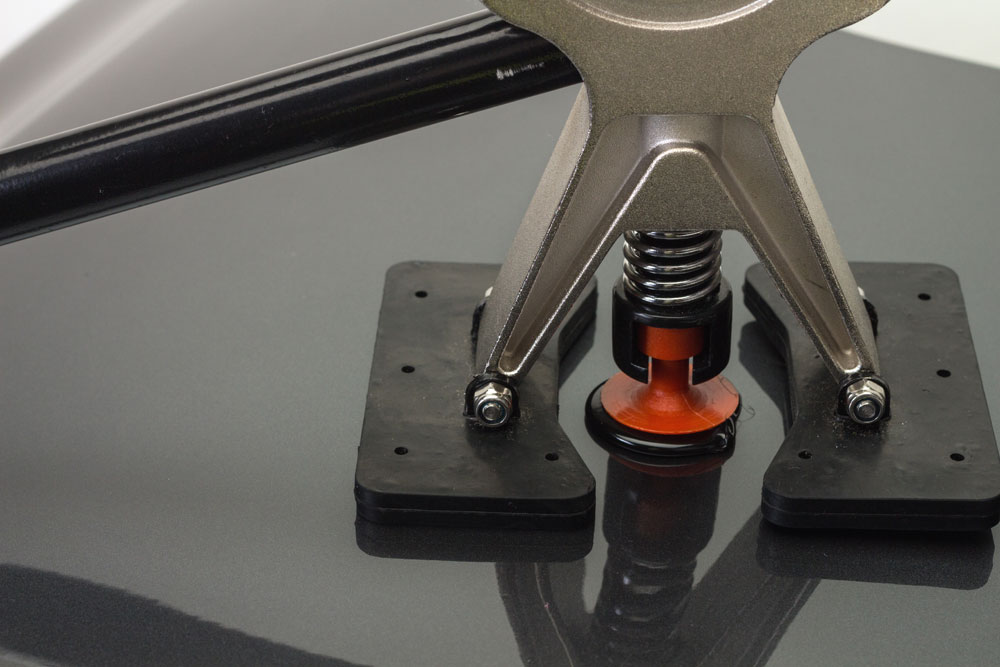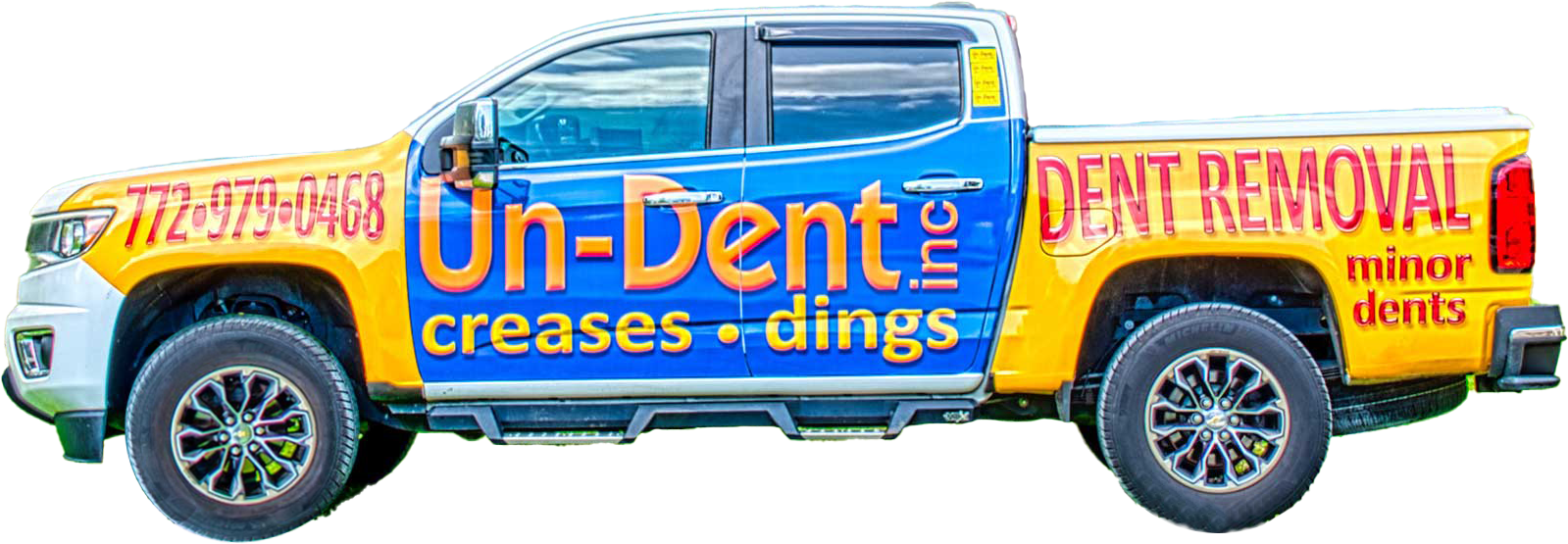When repairing vehicle dents, the traditional method of using body filler and repainting can be costly and time-consuming. However, a modern and innovative alternative, Paintless Dent Removal (PDR), has revolutionized the automotive repair industry. PDR is a technique that has gained popularity for its effectiveness in restoring a vehicle’s appearance without the need for extensive bodywork or repainting. But how does it work, and what science is behind this remarkable process? In this article, we will delve into the world of PDR and explore the techniques and tools used by experts to remove dents while preserving the original paint finish.
The Basics of Paintless Dent Removal
Paintless Dent Removal, as the name suggests, is a method of repairing dents without the use of paint or body fillers. It is an art that requires skill, precision, and an understanding of the science behind the materials and techniques used. The primary goal of PDR is to massage and reshape the damaged area of the vehicle’s body to its original form, restoring its aesthetics and structural integrity. Key Components of Paintless Dent Removal:
- Material Properties:
- Metal Characteristics: Understanding the properties of the vehicle’s metal body panels is crucial in PDR. Most modern vehicles have panels made of steel or aluminum. These materials have specific properties, such as elasticity and malleability, that make them suitable for PDR.
-
- Tools and Techniques:
- Specialized Tools: PDR technicians use a variety of specialized tools, including metal rods and hooks, to access the backside of the dent. These tools are designed to exert precise pressure and leverage to massage the dent out without causing any further damage.
- Access Points: To perform PDR, technicians need access to the backside of the damaged area. This often involves removing trim panels, lights, or other components to reach the dent from the inside.
- Lighting: Proper lighting is crucial for PDR. Technicians use specific lighting setups to highlight the contours of the dent and assess their progress accurately.
- Understanding the Damage:
- Dent Types: Not all dents are the same, and technicians must assess the type and extent of damage before beginning the repair. Common dent types include creases, dings, and hail damage, each requiring specific techniques for successful removal.
- Paint Integrity: One of the primary advantages of PDR is preserving the vehicle’s original paint finish. Technicians must ensure that the paint is not cracked or chipped during the repair process.
The Science Behind Paintless Dent Removal
- Material Properties and Elasticity:
- Metal Elasticity: The science behind PDR starts with understanding metal’s elasticity. When a dent occurs, the metal is stretched or compressed. Most metal used in vehicle panels has a certain degree of elasticity, allowing it to return to its original shape when manipulated correctly.
- Stress and Strain: PDR technicians leverage the concept of stress and strain to reshape the metal. Stress refers to the force applied to the metal, while strain is the resulting deformation. By carefully applying stress and strain, technicians can coax the metal back to its original form.
- Leveraging Mechanical Advantage:
- Mechanical Advantage: PDR tools are designed to provide a mechanical advantage, allowing technicians to exert controlled force on the dent. This force is distributed evenly, reducing the risk of further damage to the paint.
- Fulcrum and Pivot Points: Technicians strategically place their tools, taking advantage of pivot points and fulcrums to maximize their control over the metal’s movement. This precise positioning minimizes the risk of overstretching or creating high spots on the panel.
- Visual Assessment and Lighting:
- Contour Analysis: PDR experts use specialized lighting to analyze the contours of the damaged area. This helps them accurately visualize the dent’s depth, size, and shape.
- Shadow and Reflection: Proper lighting creates shadows and reflections that highlight the contours of the dent, making it easier for technicians to manipulate the metal effectively.
The Techniques Used in Paintless Dent Removal
- Pushing and Massaging:
- One of the fundamental techniques in PDR is pushing or massaging the dent from the inside. Technicians use metal rods or hooks to apply pressure at precise points, gradually pushing the dent back into place.
- Slow and Controlled: PDR is a patient and meticulous process. Technicians work slowly and with great care to avoid causing further damage to the panel.
- Heat and Cold: In some cases, technicians may use heat or cold to aid dent removal. Heat can make the metal more malleable, while cold can contract it, allowing for more precise manipulation.
- Glue Pulling:
- Glue pulling is another PDR technique used when the dent is inaccessible from the backside. A special adhesive is applied to a plastic tab, which is then attached to the dent’s surface.
- Tension and Release: The technician applies tension to the tab, gradually pulling the dent out. This technique is effective for smaller dents and hail damage.
- Tap Down:
- Sometimes, small high spots or imperfections may occur during the PDR process. Technicians use tap-down tools to gently tap these areas, creating a smooth surface.
- Precision and Control: Tap-down tools require precision and control to avoid damaging the paint or creating additional dents.
- Finishing Touches:
- Once the dent is almost completely restored, technicians pay close attention to the finer details. This includes ensuring that the panel’s contours match the surrounding areas perfectly.
- Polishing and Waxing: After successful dent removal, technicians may polish and wax the repaired area to blend it seamlessly with the rest of the vehicle’s finish.
Innovations in Paintless Dent Removal
Paintless Dent Removal has come a long way since its inception, and constant innovations in tools and techniques continue to improve the efficiency and effectiveness of the process. Some of the notable innovations in PDR include:
- PDR Software:
- Advanced software programs have been developed to assist technicians in assessing and planning dent removal. These programs use 3D modeling and analysis to provide a visual guide for technicians, making the process more precise.
- LED Lighting Technology:
- High-intensity LED lights with adjustable color temperature and brightness have become standard in PDR. These lights provide optimal visibility, making it easier for technicians to detect imperfections and perform accurate repairs.
- Materials Research:
- Ongoing research into the properties of automotive metals has led to the development of specialized tools and techniques tailored to specific vehicle materials. This ensures that PDR can be performed on a wide range of modern vehicles with varying metal compositions.
- Training and Certification:
- To maintain the highest standards of quality, many PDR technicians undergo rigorous training and certification programs. These programs ensure that technicians are up-to-date with the latest innovations and techniques in the field.
Paintless Dent Removal is a remarkable process that relies on a deep understanding of material properties, mechanical principles, and precise techniques. The science behind PDR is based on the elasticity of metal, the careful application of force, and the use of specialized tools to manipulate dents back into their original shape. PDR’s ability to preserve the vehicle’s original paint finish and its constant evolution through innovative tools and techniques make it a valuable option for automotive dent repair.


